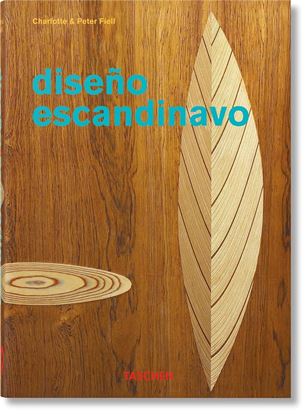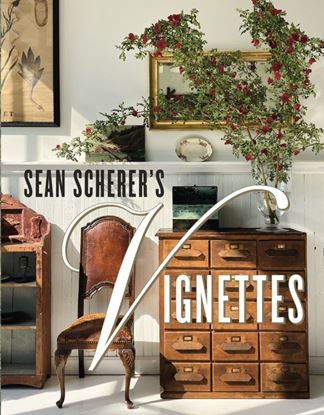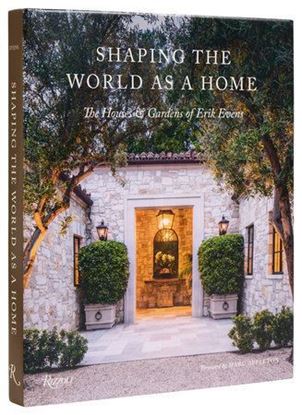

SANTA BARBARA. AT HOME IN PARADISE
With new photographs of houses steeped in the period revival tradition, from 1838 to today, not since Rizzoli’s Santa Barbara Style (2001) has a book so eloquently captured the distinctive splendor of this seaside paradise.
Known worldwide for the Santa Barbara style, the town epitomizes a type of building at once elegant and suffused with poetry. At its heart is the historic downtown, featuring white-washed Mediterranean-style stucco buildings with tile roofs and the iconic Santa Barbara Mission of 1786, whose austere beauty set the tone for all that followed. From its earliest days, the influence of this place has been felt and has since radiated across the sunbelt; it continues to be a model of emulation and inspiration. But it is the houses and the dream of living in Santa Barbara and its sister communities of Ojai, Carpinteria, Summerland, Goleta, and Montecito that casts the most profound spell.
3,700
SCANDINAVIAN DESIGN 40TH ED. (E)
Scandinavia is world famous for its inimitable, democratic designs which bridge the gap between crafts and industrial production, organic forms and everyday functionality. This all-you-need guide includes a detailed look at Scandinavian furniture, glass, ceramics, textiles, jewelry, metalware, and industrial design from 1900 to the present day, with in-depth entries on 125 designers and design-led companies.
Featured designers and designer-led companies include Verner Panton, Arne Jacobsen, Alvar Aalto, Timo Sarpaneva, Hans Wegner, Tapio Wirkkala, Stig Lindberg, Finn Juhl, Märta Måås-Fjetterström, Arnold Madsen, Barbro Nilsson, Fritz Hansen, Artek, Le Klint, Gustavsberg, Iittala, Fiskars, Orrefors, Royal Copenhagen, Holmegaard, Arabia, Marimekko, and Georg Jensen.
2,200
SEAN SCHERERS VIGNETTES
How do you make your home come alive with personality, charm, and memory? In the introduction to Sean Scherer’s first book, Kabinett & Kammer: Creating Authentic Interiors, Anderson Cooper writes, “Scherer has a unique ability to place otherwise ordinary objects in a completely unexpected context or grouping and in so doing change the way you see them.”
In Sean Scherer’s Vignettes, Scherer focuses in on the art of combining common objects into aesthetically pleasing groupings, or vignettes. Contending that a vignette can set the whole mood and tone of a room, he shows you how to use any surface in your home, from a tabletop to a bookshelf to a wall, to create lively displays of your favorite items. Beautifully illustrated with Scherer’s own photographs, the book demonstrates how to balance color, texture, and shape, and provides lessons on how to create both symmetrical and asymmetrical vignettes.
2,995
SERIES QUE ESTAN CAMBIANDO NUESTRA VIDA
Una selección de las series que han marcado un hito y han cambiado el panorama audiovisual de los últimos años. Y con ellas algunas de las curiosidades más sosrprendentes de un género que parece augurar una larga y saludable vida.
800
SHAPING THE WORLD AS A HOME
Evens has long been considered one of the country’s leading contemporary architects who aspires to create the complete living environment, in the same vein as Gil Schafer, Bobby McAlpine, Ray Booth, and Stanley Dixon. His inspiration is drawn from classical traditions and informed by contemporary indoor-outdoor life—in this case the indoor-outdoor life of California.
4,200














